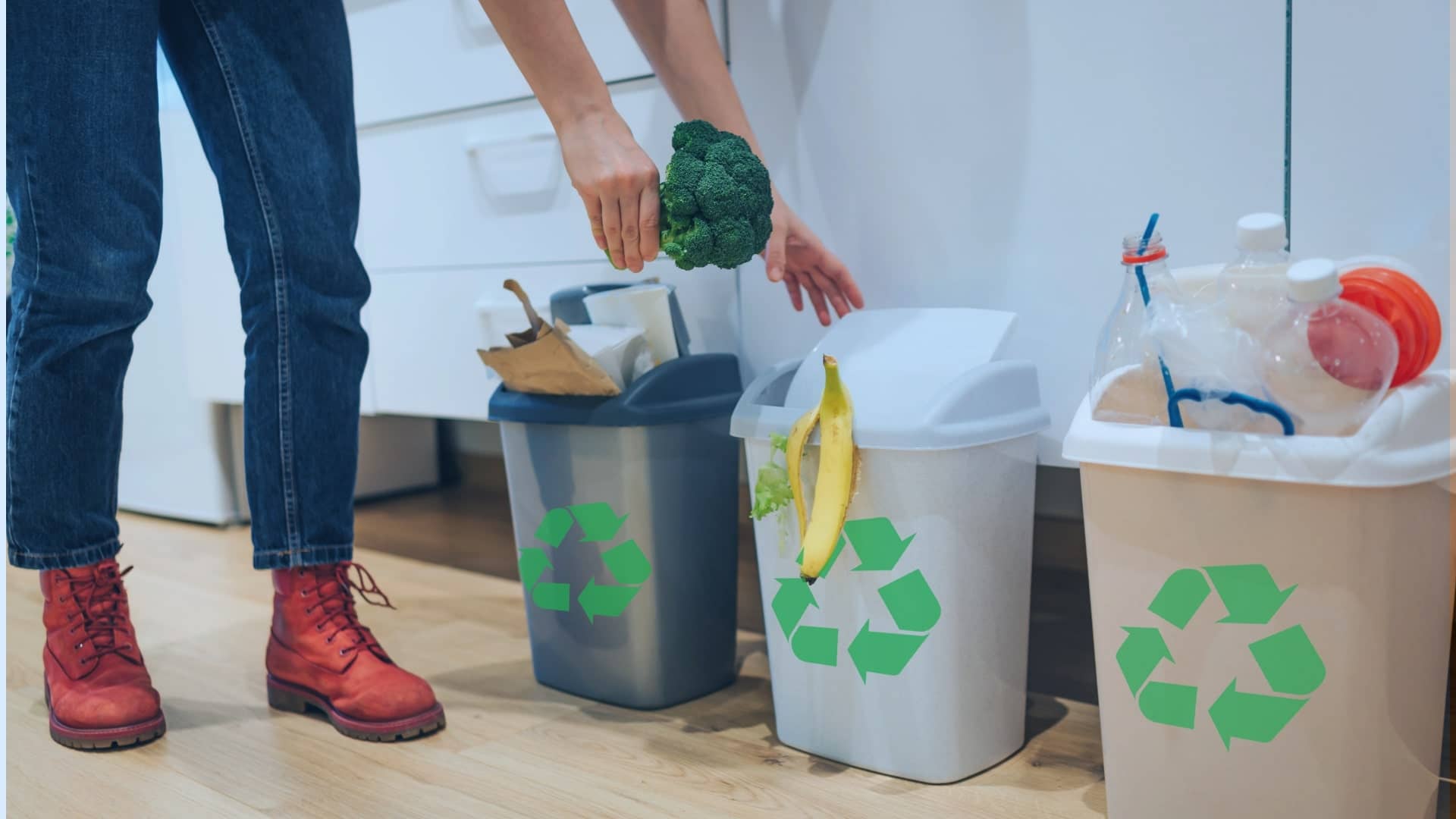In today’s eco-conscious world, effective management of domestic waste is crucial. With the advancement of technology, Domestic Waste Management Software has emerged as a pivotal tool in this endeavor. This software aids in streamlining the process of collecting, processing, and disposing of household waste, thereby contributing to a cleaner and more sustainable environment. To maximize its effectiveness, it is essential to understand the key features to look for when selecting this type of software. Let’s delve into these features in detail.
Key Features to Look in Domestic Waste Management Software
User-Friendly Interface
First and foremost, the software should boast a user-friendly interface. It should be intuitive and easy to navigate even for individuals who are not tech-savvy. A simple, clean layout that allows users to effortlessly find and use features is paramount. This ease of use ensures that more people can effectively utilize the software, leading to better waste management practices at the domestic level.
Real-Time Tracking and Reporting
A crucial aspect of Domestic Waste Management Software is real-time tracking and reporting capabilities. This feature allows users to monitor waste collection and management processes as they happen. It can provide vital data such as the volume of waste collected, types of waste, and the efficiency of collection routes. Real-time reporting helps in making quick, informed decisions, and in maintaining transparency in waste management operations.
Integration Capabilities
The software should be capable of integrating with other systems and technologies. Integration with GPS for tracking waste collection vehicles, or with municipal databases for better coordination, enhances the overall functionality of the software. This interconnectedness ensures a seamless flow of information, making the waste management process more efficient.
Waste Sorting and Recycling Features
Incorporating waste sorting and recycling features into the software is essential. It should guide users on how to segregate waste effectively and provide information on recycling protocols. This feature not only aids in reducing the amount of waste that ends up in landfills but also promotes recycling and composting, contributing to environmental conservation.
Scheduling and Notifications
Moreover, Effective scheduling tools and notification systems are key components. The software should allow users to schedule waste pickups and be able to send reminders or alerts for collection times. This feature helps in ensuring regular and timely collection of waste, thereby preventing the accumulation of garbage at home.
Data Security and Privacy
Data security and privacy are non-negotiable features. The software should have robust security protocols to protect user data. This includes secure login processes, data encryption, and compliance with privacy laws. Users need to feel confident that their personal information is safe when using the software.
Customer Support and Education
Good customer support and educational resources are invaluable. The software should provide easy access to customer service for troubleshooting. Additionally, incorporating educational resources about waste management practices can empower users to manage their domestic waste more effectively.
Sustainability Reporting
Lastly, the software should include sustainability reporting features. It should be able to track and report on the environmental impact of a user’s waste management practices. This could include data on the reduction of carbon footprint, amount of waste recycled, and overall contribution to environmental sustainability.
Types of domestic waste
Organic Waste
Firstly, organic waste is a major component of domestic waste. It primarily consists of food scraps, vegetable peels, fruit skins, and other biodegradable materials. Organic waste is unique because it can be composted, turning it into nutrient-rich soil that can be used in gardens. It’s a natural process where microorganisms break down this waste, reducing the overall amount that ends up in landfills.
Recyclable Waste
Next, we have recyclable waste. This type includes materials that can be processed and reused, such as paper, glass, metals, and certain plastics. Recycling these materials plays a significant role in conserving natural resources and energy. For instance, recycling paper saves trees, and recycling metals means less mining. It’s essential to clean and segregate these materials properly, as contamination can make them non-recyclable.
Hazardous Waste
Hazardous waste in households is less common but extremely important to identify and handle correctly. This category includes items like batteries, electronic waste (e-waste), chemicals, and old medicines. These materials can be harmful to the environment and human health if not disposed of properly. Many communities have special collection programs for hazardous waste to ensure safe treatment and disposal.
Residual Waste
Residual waste refers to the waste that doesn’t fit into the other categories. This includes items that are neither biodegradable nor recyclable, such as certain types of plastics, diapers, and sanitary products. Disposing of residual waste requires careful consideration, as it mostly ends up in landfills or incinerators.
E-Waste
With the rapid growth of technology, e-waste has become a significant type of domestic waste. This includes old or broken electronic items like smartphones, computers, and televisions. E-waste contains both hazardous materials and valuable resources, making it crucial to dispose of it through proper channels. Many places have dedicated e-waste recycling centers that recover valuable components and safely manage the hazardous ones.
Garden Waste
Garden waste is another common type of domestic waste, especially in homes with outdoor spaces. This includes grass clippings, leaves, branches, and other plant-based materials. While similar to organic waste, garden waste is often dealt with separately, commonly through community composting programs or specialized garden waste collection services.
Bulky Waste
Lastly, bulky waste includes large items like furniture, appliances, and mattresses. These items are often too large for regular waste collection services. Many municipalities offer special collection services for bulky waste, ensuring that these items are disposed of responsibly, often through recycling or donation if they are still usable.
Conclusion
In conclusion, when choosing Domestic Waste Management Software, it’s important to look for a user-friendly interface, real-time tracking, integration capabilities, waste sorting and recycling features, effective scheduling and notifications, stringent data security, accessible customer support, and comprehensive sustainability reporting. These features not only streamline waste management processes but also encourage sustainable practices at the domestic level. By investing in the right software, individuals can play a significant role in creating a cleaner, greener environment.



